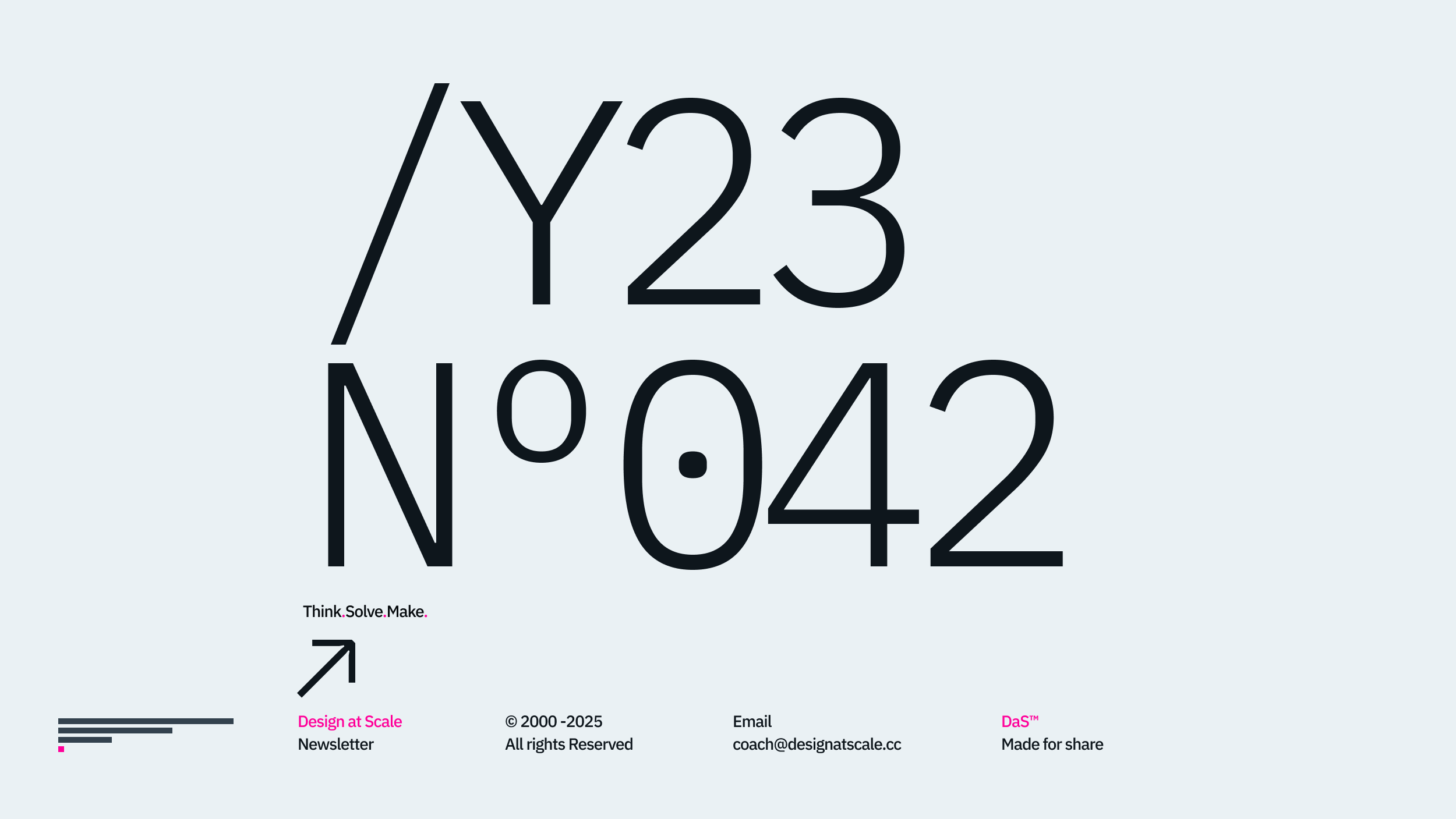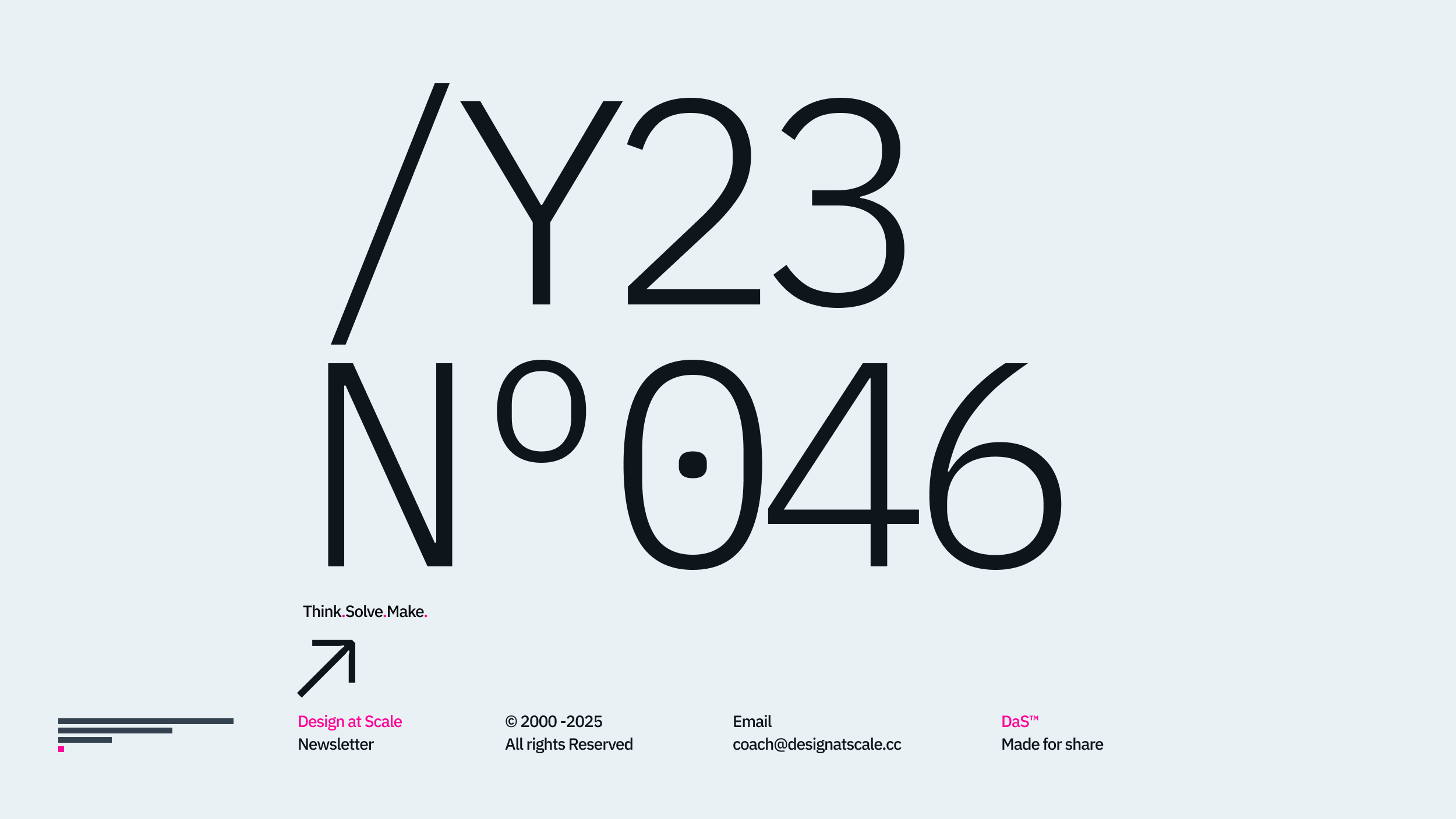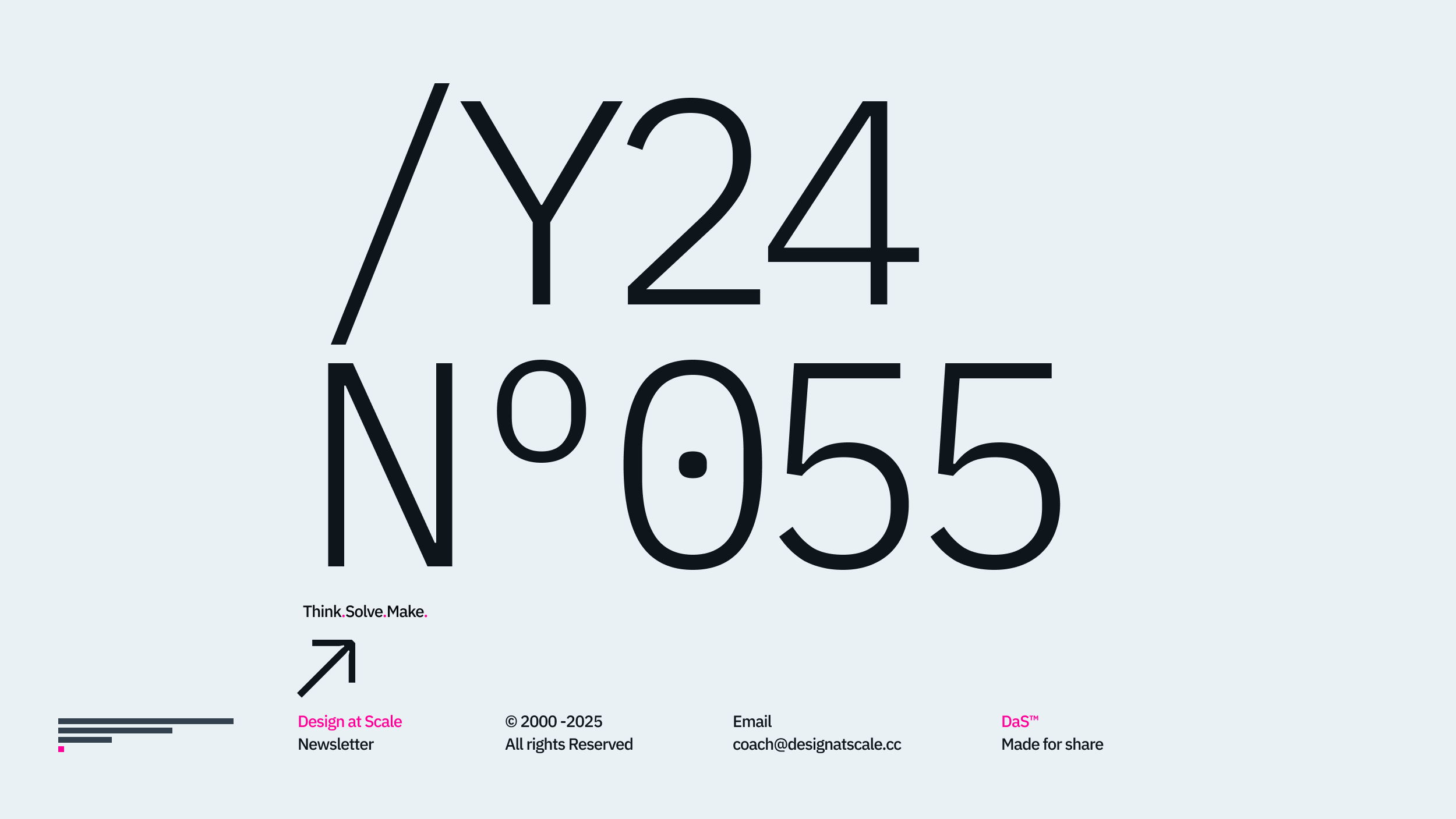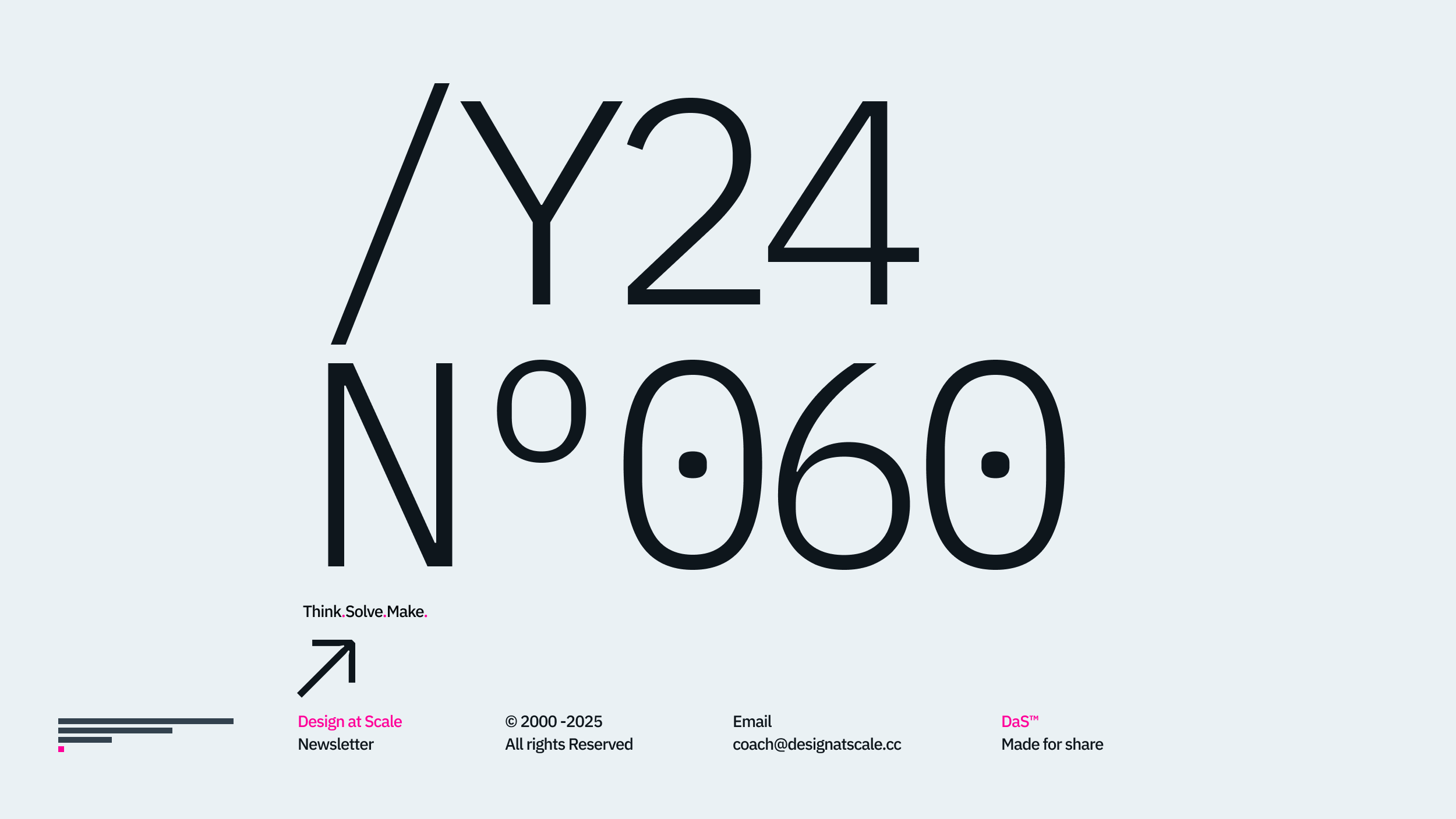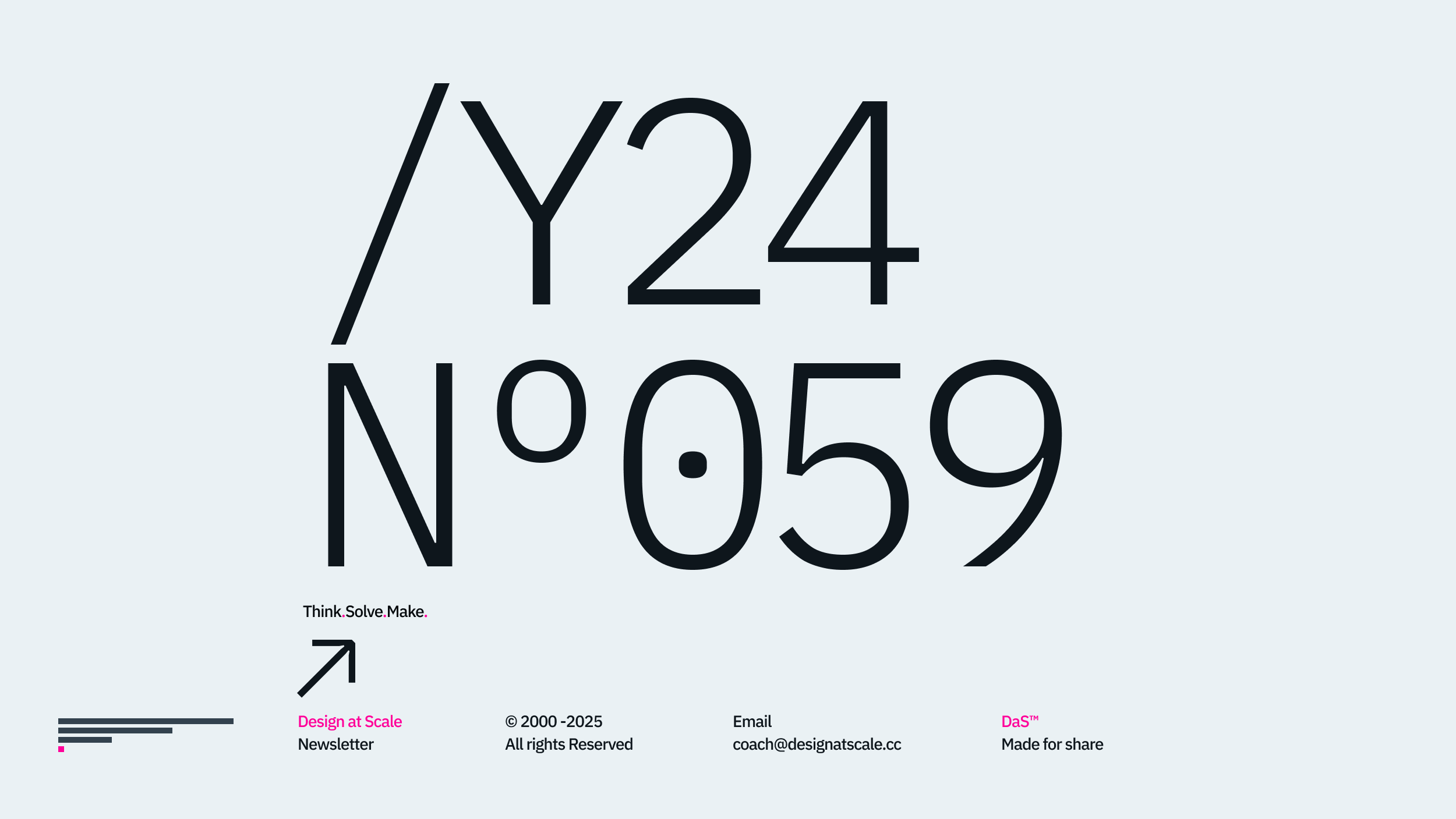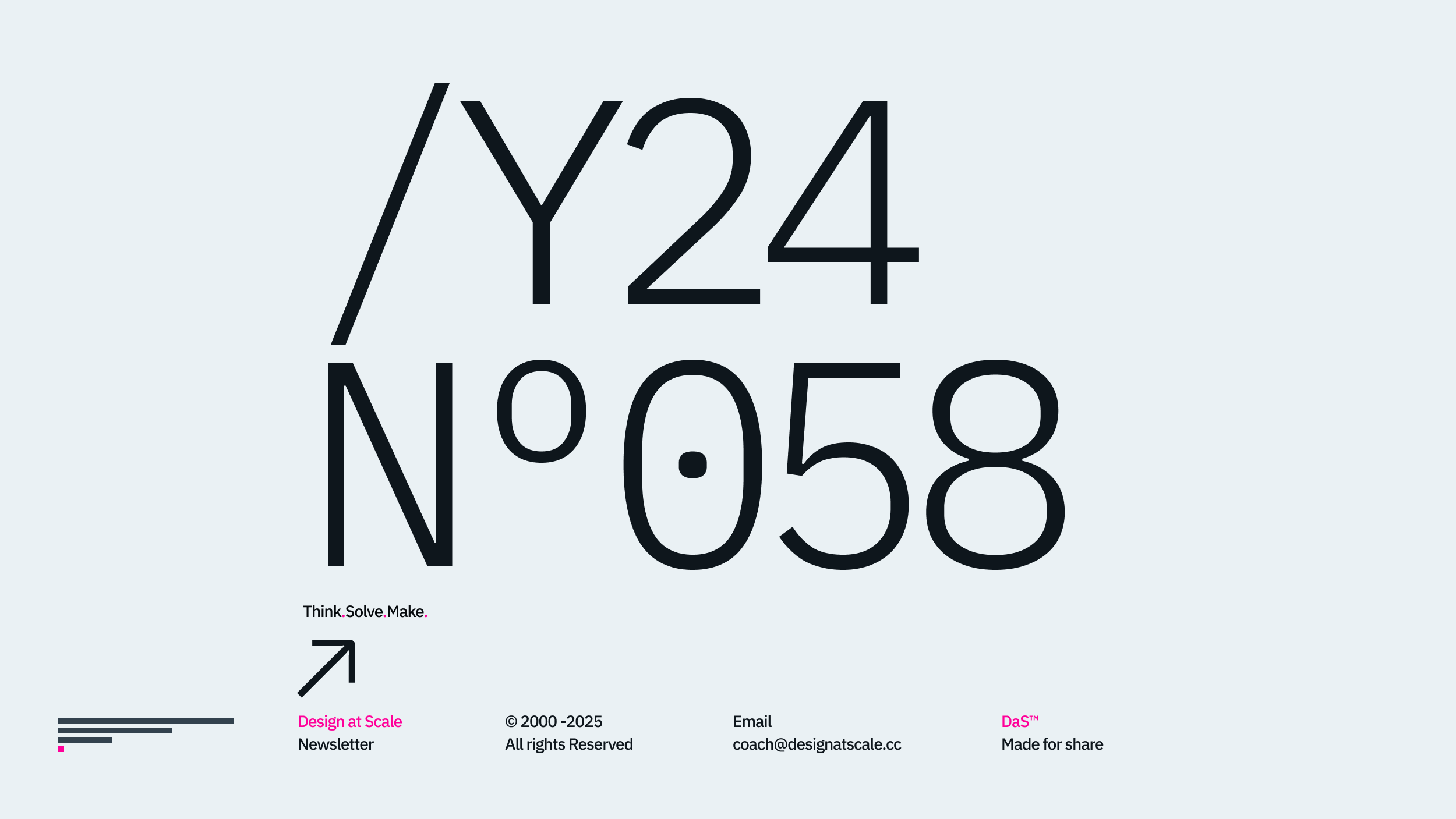Welcome back to our Design at Scale – Academy series, focusing on the design practice in a team of ten. The previous article describes the landscape analysis, which allows you to enter the product team correctly.
This article aims to answer the question of your roles and responsibilities that should paint the picture, making you understand whether you are in the right place.
What is your role?
Whenever we discuss the roles among designers within my circles, the great book by Robin Sharma, “The Leader Who Had No Title,” always pops into my mind. Nowadays, many designers are searching for great titles, mostly combining the senior lead service solution unicorn and God knows what else wording, which confuses the entire industry. Designers were always part of the delivery. Our role was (and still is) to serve a specific function – creating paintings, books, pieces of shoes or cloth, navigation, posters and so on.

You are not the title.
Joke aside, over the last 25 years, the design industry has come through the mirror shift, including almost 100 different design titles. Every single design interaction becomes a separate function, let alone an occupation. The phrase “I’m just a designer” is insufficient. Keeping this in mind, being the designer includes being a facilitator, thinker, strategist, researcher, maker (brand, colour, layout, prototyping and animation and the best integrator) of your own work. More importantly, business (wo)man a supporter of a team that delivers value propositions with you.
Therefore, your role is no different whether you are a service designer, researcher, copyrighter, UX, CX or UI designer – you are the maker of things and translator of the user needs through your profession. That inevitably impacts the product or service you are building. No further caveat on that.

Your role represents the status.
For centuries, it meant something – woodpeckers, carpenters, cobblers, roof makers, butchers, sawbones. These functions meant something that was definitive of the functions that was provided. Architects, builders, painters, and designers were not different. The designer role always has two slides. Understanding and making. In order to do so, you have to understand that is why every design professional asks several specific questions before they start designing. The business, time, budget, process, integration and scale in the end. Why do you think that Gothic, Renaissance, and Baroque had such an impact on forming the European cultural sphere? Let alone forming western society. Despite the religious or political ambitions, it was a simple and consistent visual form that represented the message through the craft, serving its only purpose.
Remember that next time someone says, “You are just a designer,” your response is, “Yes, I’m service a Designer”.

Hierarchy
Every role in society comes with a hierarchy. We have seen people jumping from industry to industry. One week, I can be the assistant of a property manager making coffee and, a year later, the Head of Recruitment for Experience Design leadership roles.
In one of his casts, Jordan B Peterson has described why we need the hierarchy, let alone why the hierarchy has to prove quality and status. More importantly, we need to understand who we are dealing with. In case we need eye surgery, we’ll be looking for the best eye surgeons on the market. Therefore, the hierarchy is there to help us navigate—no doubt or discussion about the quality of the work they provide.
The design is the same. Junior Designers provide junior work. There is no shame in that. It is how they become midweight, and after several years of practice, they become seniors, and then they can start thein businesses and become creative directors. In a nutshell, it takes at least 20,000 hours to become a Creative Director.

Responsibility
It all comes down to responsibility. Time has passed since the designer sat in a basement and crafted their vision for an online website alone. Your title represents your maturity. Therefore, your responsibility is to drive the design process in a very specific way towards measurable outputs. More importantly, co-creating and collaborating with other colleagues in the team is a must.
Creating beautiful graphics in isolation is art – don’t do that well unless you aspire to be an artist. The design function is integrated; therefore, collaboration with the rest of the team is essential. That brings many challenges. Among 274 design methods that can be combined in any possible way, one of the great ones is the design by committee.
If you are in a product team, your responsibility is to understand what's happening today and what has to be delivered today, more importantly, what the context of the changes of the design that you are creating will have in a week or month on the product or service you are delivering.

Soul Responsibility
Your sole responsibility is to communicate these changes to the team. No assumptions, no ambition, no magic castles. Data verified and measurable outcomes that actually have an impact on the business. That's why practical designers, let's call them the design practitioners for now, create their solutions as prototypes to reduce ambivalence and confusion. This prototype shows the impact through the practical outcomes.
You allow the product team, including engineering and solution architects, to integrate their feedback and drive better decision-making. This leads us to the so-called show and tell. To get structure into your communication with your team and offload the responsibility from your team, you initiate Show-and-Tell, allowing you to present the ambition with an open questionnaire later on. This helps bring all ideas together. Separates thinking from making. And involves the team that inevitably gets the family together. Maintaining trust is always necessary for all your further ventures.

Report
Your responsibility is also to report and document. Most of the time, we need to remember or say that we do not have time to document. We spend 47% of our communication time on Slack (that makes your teams 23% less productive) rather than documenting the progress in the form of common knowledgebase in tools like Jira, Confluence, Coda or Notion. Make no mistake, your responsibility is to document the progress – and in our courses, we’ll teach you how.

Integrate
Now is the time to integrate it with our engineering team. Once you have the knowledge based on “One space”, you can start improving the experience at the speed of light.
Whether you are an agency, remote development house or internal team in a big corporation, the integration is 45% of your time. To inform all parties at once, you need to have centralised channels and so-called SOPs or Standard Operating Procedure to notify all parties of what’s needed and when. If you do not have one, the chances are that you’ll, on average, spend 20-42% time on refactoring. Design can help you align the objectives and specifications that have been approved and validated by the business and are ready for development. Designers' responsibility is to communicate these changes most tangibly, so there is no room for miscommunication. Your colleagues in different functions (or locations) must understand their Candidate Releases.
How many features are ready for the release, and where is the specification? Let alone where the design system and assets are.
Everything else is secondary.
Speaking about the Design at Scale™ – the definition of the above role and responsibilities helps several teams we have coached reduce communication by about 24%. That directly influences the creation of meaningful documentation between the design and engineering teams. With the overall effect of decreasing the time to market by 12% to 35%, depending on the team and size.
It's foreseen that more complex teams, especially those where the function is fully integrated within the business, will eventually have a lower impact. The opposite was the truth. The bigger the team, the more significant the effect. The reason behind this is quite apparent. The smaller teams have more leaders but very few makers. In contrast, with a big organisation, the function is more defined and well-crafted, making it always significantly impact operational cost saving. We have several case studies that show a team of 40 people in an organisation of 3,000 can have up to 35% savings cost on the operational budget.
Come and join me in this series to become a better designer on a team. We offer the three-hour courses in Design at Scale™ – Academy, where you can get tailored answers to your team—followed by the support community that addresses the very challenges of the scale ––> Register.

Happy scaling through design!
Hey, I’m Jiri Mocicka.
London-based Design Director, Trusted Advisor and Author of Design at Scale™. The method that empowers individuals to shape the future organisation through design.
If you have a question, join our Community and reach out to like-minded individuals who scale design propositions. An online Academy can help you to find your feed in teams of 01, 10, and 100, supported by Grid Magazine and Supply section, where we weekly bring more insights on how to become a design leader in your organisation





